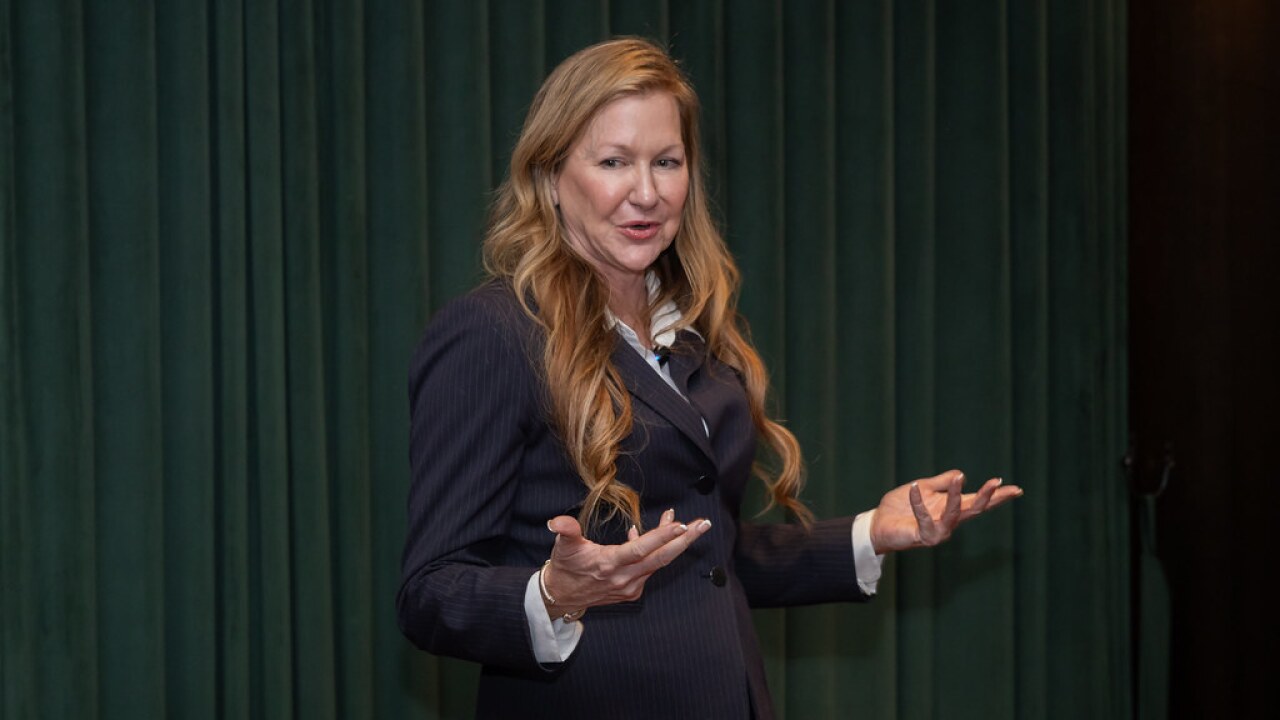
The tragic collapse of
How often do events such as ships hitting bridges and other port infrastructure occur?
First and foremost, this event is obviously a human tragedy, and our sympathies are with those who lost their lives or have been impacted by it. Thankfully, such incidents of this magnitude are rare. One study shows that between 1960 and 2015, there were just 35 major bridge collapses worldwide involving incidents with ships or barges with a total loss of life of
Our annual
After this tragedy, how safe would you say commercial shipping is?
The shipping industry has made significant Improvements when it comes to maritime safety over the past decade. Thirty years ago, the global fleet was losing 200+ vessels a year. At the end of 2022, fewer than 40 losses were reported. Annual shipping losses have declined by 65% over the past decade, reflecting the positive effect of an increased focus on safety measures over time.
Total losses of vessels following collision incidents with other vessels and contact with port infrastructure are thankfully rare. Over the past decade (across all vessel types) there have been just 30 total losses from collision incidents (with other vessels) and just four from contact incidents (with port infrastructure). Collectively these account for just 4% of the total number of vessels lost overall (807 reported between 2013 and end of 2022).
Nevertheless, while total losses have declined, the number of shipping incidents reported around the world overall every year has remained consistent. There were 3,032 during 2022 compared to 3,000 a year earlier.
Container ships, in particular, have grown significantly in recent decades as owners have looked to reduce costs, lower emissions and maximize capacity. What impact is this having on safety?
Container ship capacity has grown in size by around 1,500%
Ultimately, larger ships are not resulting in a higher frequency of accidents but when something does go wrong, the scale of the damage is likely to be much more severe because of their size and the fact that surrounding civil infrastructure did not anticipate such behemoths.
What are some of the typical risks associated with larger vessels?
While the number of serious shipping accidents worldwide has declined over the long-term, incidents involving large vessels — namely container ships and roll-on roll-off (Ro-ro) car carriers — are resulting in disproportionately high losses from events such as fires, container and carrier losses, hazardous cargo, more complex salvage operations and expensive repair costs, and issues with ports of refuge.
Recent events include fires on board the car carriers Fremantle Highway, Felicity Ace, and container ship X-Press Pearl. In 2022, the large container ship Ever Forward ran aground in Chesapeake Bay on the U.S. Eastern Seaboard, and was stuck for over a month, almost a year to the day after its sister vessel, the Ever Given, ran aground and blocked the Suez Canal. Across the industry, there are ongoing discussions about whether infrastructure and regulation have kept pace with increasing vessel sizes.
What are some of the potential implications of this incident for supply chains and the insurance industry?
At this stage it is still too early to tell with any certainty. The collapse of the bridge led to the suspension of vessel traffic at the Port of Baltimore, which is one of the largest U.S. ports but is smaller than the nation's largest container terminals. However, it is a major component of the supply chain for vehicles, serving as the key discharge port for cars and trucks arriving from factories in Europe and Asia. It is also a significant embarkation point for exports of American coal. Many of those goods could be delayed in reaching their ultimate destinations, forcing shippers to make alternative plans, and limiting inventory.
More broadly, the bridge collapse highlights the growing challenges for businesses involved in global supply chains and their interconnectivity. Many are already contending with the loss of access to the Suez Canal in the Red Sea due to the Houthi attacks on merchant shipping that have followed the war in Gaza, and longer waiting times at the Panama Canal as a result of a prolonged drought that have impeded operations. About 90% of international trade is transported across oceans, so in an age of interconnection, problems in one spot can quickly be felt more widely.





